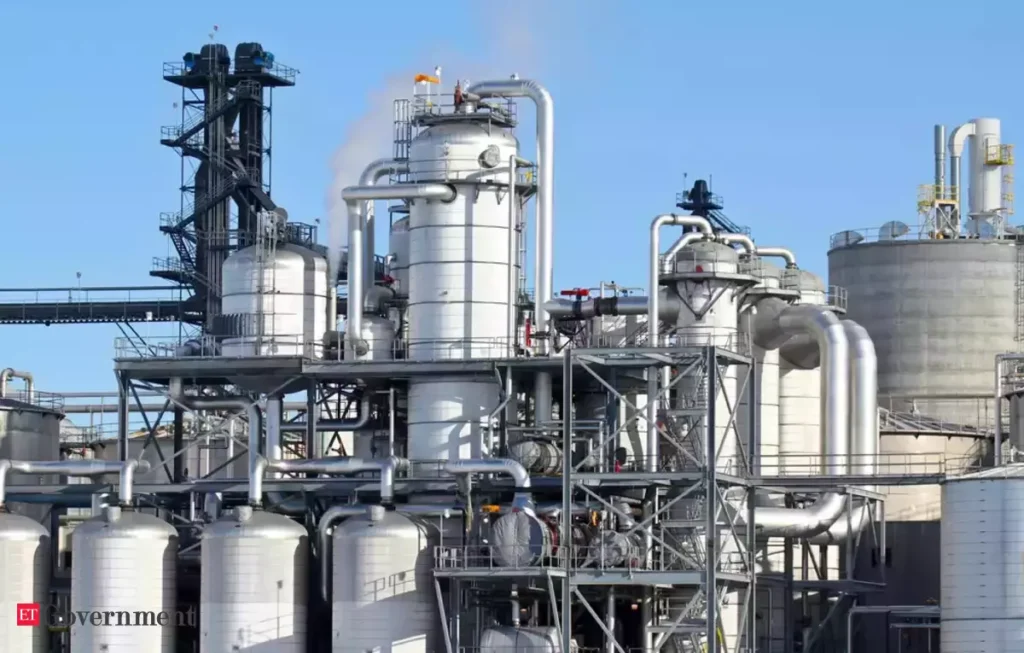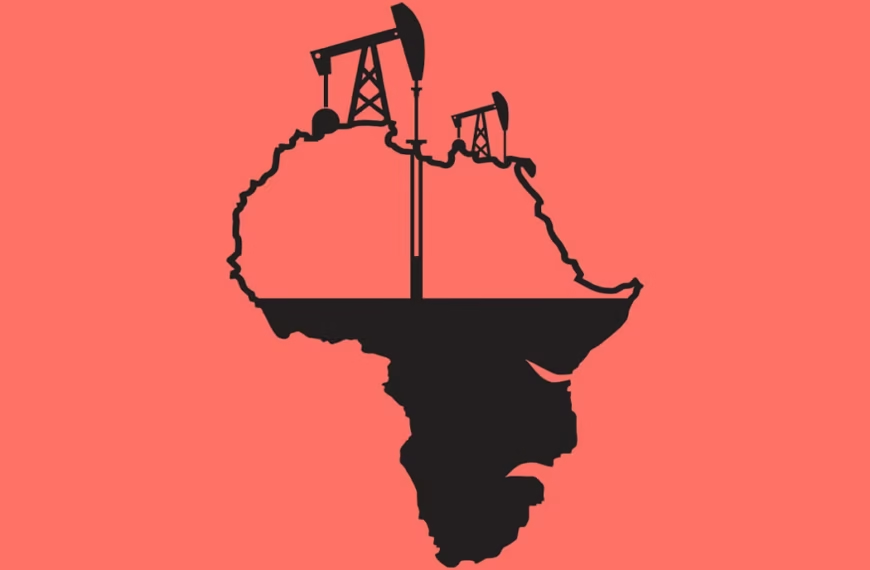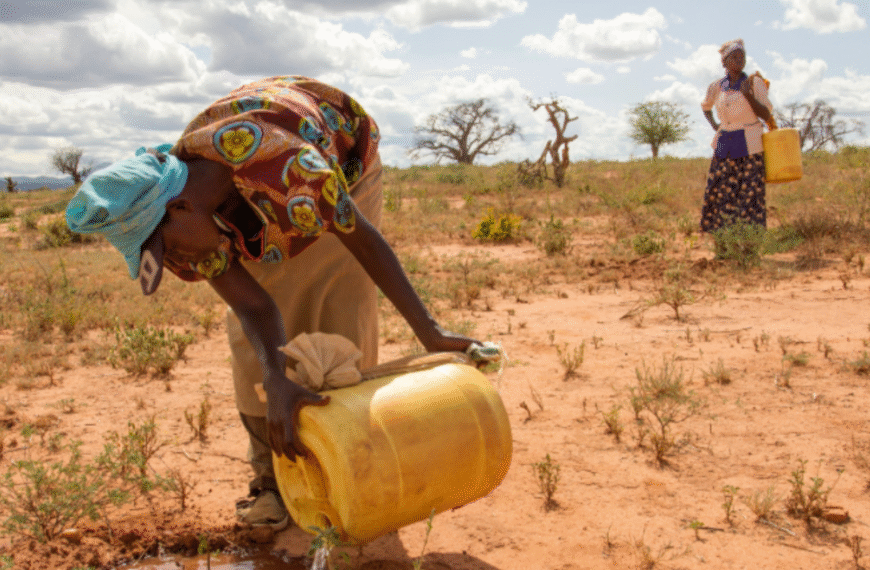India is targeting 20% ethanol blending by 2025: To what extent is this sustainable?

Dhruv Moondra
August 16, 2024
It was recently announced that the Indian government has advanced the target of achieving 20% ethanol blending in petrol by 2025-26 which was initially scheduled for 2030. Why is there so much emphasis on this goal and are there any drawbacks?
For starters, we must understand what ethanol is, why it is consumed and how it is produced.
Ethanol is the world’s most commonly used biofuel. Its popularity is attributed to its ease of production, meaning it can be produced from a wide range of day-to-day crops at a lower costs such as sugarcane, corn, wheat, barley, and even rotten tomatoes. This makes it practical as many farmers have an opportunity to significantly increase their income by selling ethanol, while wasting less crop residue.
But what is the point of ethanol as a biofuel in general?
Well, ethanol has the ability to cut greenhouse gas emissions by 44 to 52 percent compared to traditional gasoline. This can significantly improve public health and the deplorable air quality in Indian cities. The success of widespread adoption of biofuels has been seen in Brazil where since 2003, the amount of carbon emission that has been reduced equals planting 4 billion trees thanks to the mandatory consumption of biofuels.
Moreover, ethanol also has a substantial effect on fuel costs with almost no effect on efficiency. For example, in the US the ethanol blending of 10% saves drivers 40 to 50 cents per gallon of petrol despite only reducing efficiency by 3-4 per cent. This figure increases with higher concentrations of ethanol that aids in improving the purchasing power of civilians. It is all the more important in the Indian context since their GDP per capita is 31 times lesser than the USA, meaning that fuel prices take a huge portion of Indian disposable income.
What’s more, ethanol production is also crucial for India since India’s petroleum imports currently stands at 25.1% of its GDP, placing a huge strain on both its balance of payments as well as energy security. Therefore, the government is very keen on reducing its dependence on oil imports so that it can reduce the continuous depreciation of the rupee that makes imports more and more expensive. Besides, the repercussions of India’s immense import reliance for oil was seen just 2 months after the Russia Ukraine war where the inflation rate jumped to 8% compared to 3.73% in 2019. Consequently, the introduction of ethanol blending has significantly ameliorated the India population’s financial struggles. In fact, in 2022, ethanol consumption in India saved over 3 billion dollars worth of imports and eliminated 5.1 billion litres of petrol consumption. This lowered imports and thus imported inflation while reducing emissions and India’s trade deficit.
While all this is great, the policy of having 20% ethanol blending by 2025 can have numerous negative consequences as well. Firstly, in India there is a huge dependency on sugarcane for ethanol production. This is an extremely water intensive crop and it is estimated that one litre of ethanol produced from sugarcane translated to 2860 litres of water spent. In fact, paddy and sugarcane alone are responsible for soaking up 70% of all irrigation water in India which is why expanding the supply of ethanol to reach a 20% blend rate could result in huge water shortages. As a result, there needs to be more diversification efforts to increase ethanol production from other plants or else more cities can end up like Bengaluru and Delhi that face a water crisis.
Furthermore, although it is said that ethanol will act to hedge against fluctuations in oil prices, protecting civilians, there are many problems with the reliability of ethanol production as well causing the strategy to backfire. For instance, climate change is causing rainfall and weather conditions to become more and more unpredictable so crop yields can fall short of supply estimates, shooting up prices. In addition, since production is highly dependent on sugarcane this issue could be more severe as a lot of water is necessary. Such cases have already been witnessed like in 2004, right after the Indian government mandated ethanol blending, the law had to be suspended due to a grave shortage.
To further mention, according to a news article, in order to achieve the target set for 2025, almost one-tenth of the existing net sown area will have to be diverted for sugarcane production. This would either cause massive deforestation or it would lead to food security concerns as expressed by many notable experts. This is because the production of other essential crops would be replaced with ethanol based crops due to the scarcity of resources. The problem is further accentuated because of government subsidies providing farmers prices of 60.29 Rupees/litre up from 4.75 Rupees/litre just for maize based ethanol, significantly affecting the supply in the market. Finally, if land needs to be cleared to expand India’s existing net sown area by 10%, it would result in colossal environmental damage, contradicting the very purpose of using biofuels in the first place.
Therefore, it is clear that there are many criticisms and difficulties faced by the government’s ethanol plan but we cannot forget that the ethanol boom is also a boon for jobs. Due to this recent announcement by the government, it is now predicted that biofuel consumption in India will triple in the next 5 years. All this goes to show that the industry is expanding at full speed and that it will employ a lot of unskilled and skilled labour. The most obvious industry that will benefit is the agricultural sector due to higher crop prices and increased income. Apart from that, the setting up of more ethanol plants will create jobs in engineering, operations and maintenance while the entire supply chain, from raw material procurement to transportation and distribution will benefit from a growth in sales, resulting in greater job opportunities.
In the end, what do you think? Should this government project be given the green light or are there too many problems that would be created?Leave your answers in the comments below.
https://www.spglobal.com/commodityinsights/en/market-insights/latest-news/agriculture/061024-interview-grain-based-ethanol-supply-aims-to-double-as-india-targets-20-blending-goal#:~:text=Grain%2Dbased%20ethanol%20supply%20in,at%20India%20Biofuel%20Expo%202024.
https://www.livemint.com/Industry/RfNU5ZFXDRTrfUkl9lNMaL/Why-ethanol-blending-in-petrol-might-not-work-for-India.html
https://auto.economictimes.indiatimes.com/news/auto-technology/indias-build-up-towards-e20-opportunities-and-challenges/99140466
https://www.google.com.sg/url?sa=t&source=web&rct=j&opi=89978449&url=https://www.thetimes.com/money-mentor/income-budgeting/cost-of-living-crisis/is-e5-petrol-more-economical-than-e10%23:~:text%3DResearch%2520by%2520the%2520Environmental%2520Protection,only%2520around%25201%252D2%2525.&ved=2ahUKEwje1PrMz_aHAxWOSmwGHcmzNaoQFnoECBIQAw&usg=AOvVaw2G-3uAwpisRwEtFzp_tYSFhttps://www.businessinsider.in/policy/economy/news/what-is-ethanol-blending-current-targets-and-challenges-for-india/articleshow/103460113.cms
https://www.sciencedirect.com/science/article/abs/pii/S0973082624000115#:~:text=Along%20with%20reducing%20GHG%20emissions,et%20al.%2C%202015).
India could triple its biofuel use and accelerate global …IEA – International Energy Agencyhttps://www.iea.org › commentaries › india-could-triple…
https://www.livemint.com/news/india/ethanol-blending-save-rs-24-300-crore-foreign-exchange-509-cr-litres-petrol-in-2022-23-says-hardeep-puri-11704282376503.html
https://ethanolrfa.org/ethanol-101/why-is-ethanol-important
https://youtu.be/sr7BIdpcG10
https://www.macrotrends.net/global-metrics/countries/IND/india/inflation-rate-cpi
https://economictimes.indiatimes.com/industry/renewables/20-ethanol-blending-by-2025-26-says-amit-shah/articleshow/112432770.cms
https://www.google.com.sg/url?sa=t&source=web&rct=j&opi=89978449&url=https://timesofindia.indiatimes.com/business/india-business/one-year-of-russia-ukraine-war-how-the-conflict-impacted-indian-economy/articleshow/98214568.cms%23:~:text%3DIn%2520April%25202022%252C%25202%2520months,band%2520of%25202%252D6%2525.&ved=2ahUKEwiajofF1PaHAxUZzDgGHRvKHP0QFnoECBQQAw&usg=AOvVaw3a0rHAm3CQF_3H7lvqH1LD
us gdp per capita
India’s crude oil import bill falls, but import dependency hits …The Hinduhttps://www.thehindu.com › Business › Economy






Leave a Reply
You must be logged in to post a comment.